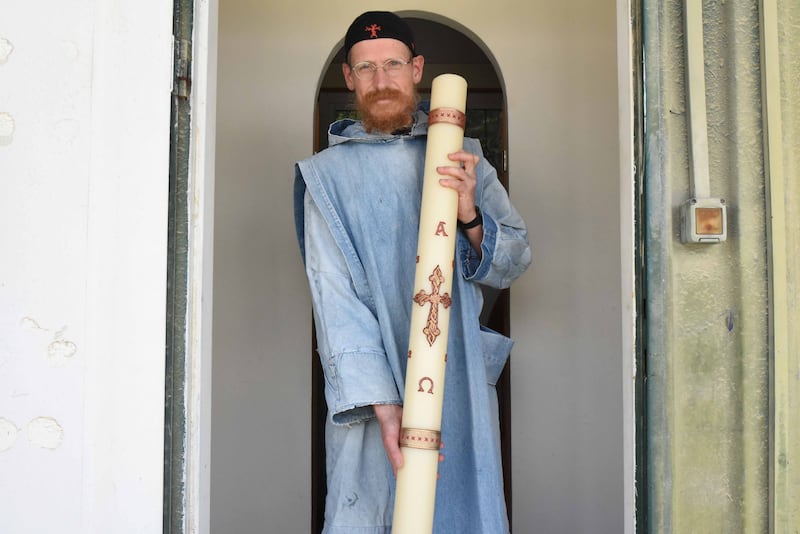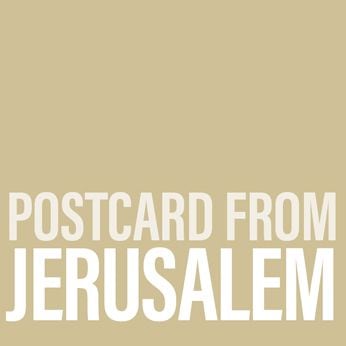
At a hilltop monastery outside Jerusalem, Brother Nicola is crafting candles that will light up the tomb where Christians believe Jesus lay.
“Easter is the resurrection of Christ and it’s exactly this symbol. In the darkness the light of Christ came,” said the Swiss monk, wearing a light blue tunic.
One of seven monks living in solitude at the Beit Jamal monastery, Brother Nicola makes candles that adorn churches across the Holy Land.
They include the Church of the Holy Sepulchre in Jerusalem’s Old City, the focal point of the coming Easter celebrations.
At a workshop where Brother Nicola spends four days a week, moulds for candles more than a metre tall rest below a picture of baby Jesus being cradled by his mother Mary.
A container for hot wax stands in the centre of the workshop and wicks of various thickness are waiting in a cupboard.
“Because we are monks we don’t go out to preach the Gospel to other people, but we want to manifest it through our work,” said Brother Nicola.
The monks live an isolated life at the monastery, which is reached through an olive grove dotted with spring flowers.
Each has his own quarters, where he receives food through a hatch, allowing for solitude for most of the time.
“When I do these candles I’m praying, and it’s my way to bring the light of Christ,” said Brother Nicola.
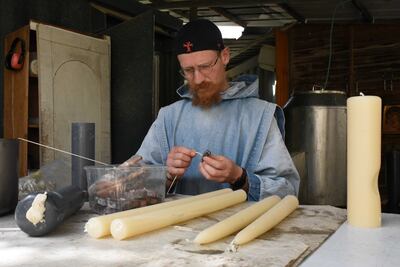
The monks buy the wax from Bethlehem in the occupied West Bank, where Christians believe Jesus was born.
The candle-making process begins by threading a wick through a mould and securing it with putty, before pouring in the hot wax.
A pile of coathangers indicates another style. Brother Nicola uses these to dip wicks into hot wax and hangs them from the workshop ceiling to solidify.
“Today I can’t make this type of candle, because it’s too hot, it’s too windy,” he said, as the side of the workshop is open to the elements.
The process can become impossible both in summer, when it gets too hot for the candles to set, and in the winter, when the hot wax can react against the cold moulds.
When the candles are ready, one of the monks leaves the monastery to take them to churches.
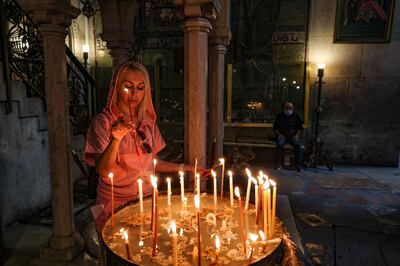
Hundreds each year are delivered to the Catholic Franciscan order at the Church of the Holy Sepulchre, which uses the candles in Jesus’s tomb.
Orthodox and Armenian Christians burn their own candles at the church, whose custodianship is shared by six denominations because of its significance to the faith.
The most well-known celebration is the Holy Fire ceremony at Orthodox Easter, when worshippers believe a miraculous flame emanates from the tomb.
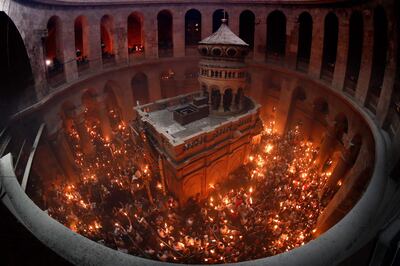
However the candles are used, Brother Nicola said “the significance of the light is the same” for all Christians.
Looking ahead to Catholic Easter, which this year falls a week before the Orthodox celebrations, the monk recalled the annual vigil, which begins in darkness.
“We begin with the fire,” he said, of the service which churches hold on the eve of Easter Sunday.
“With this fire, we light the candle, it’s the symbol, and we go in procession until the church,” said Brother Nicola, as bells rang from the nearby chapel.
“Then each one lights his own candle, so you see the light goes everywhere. It’s very powerful.”
